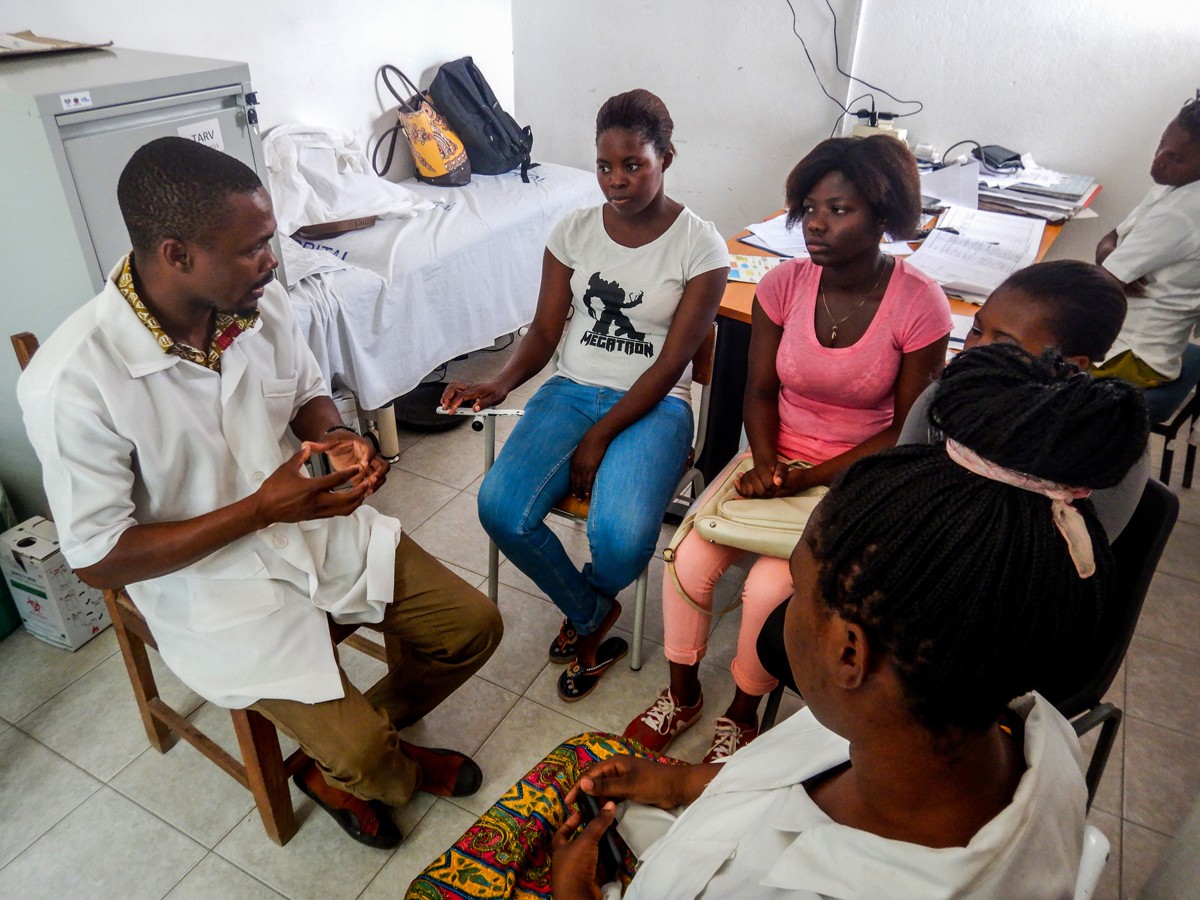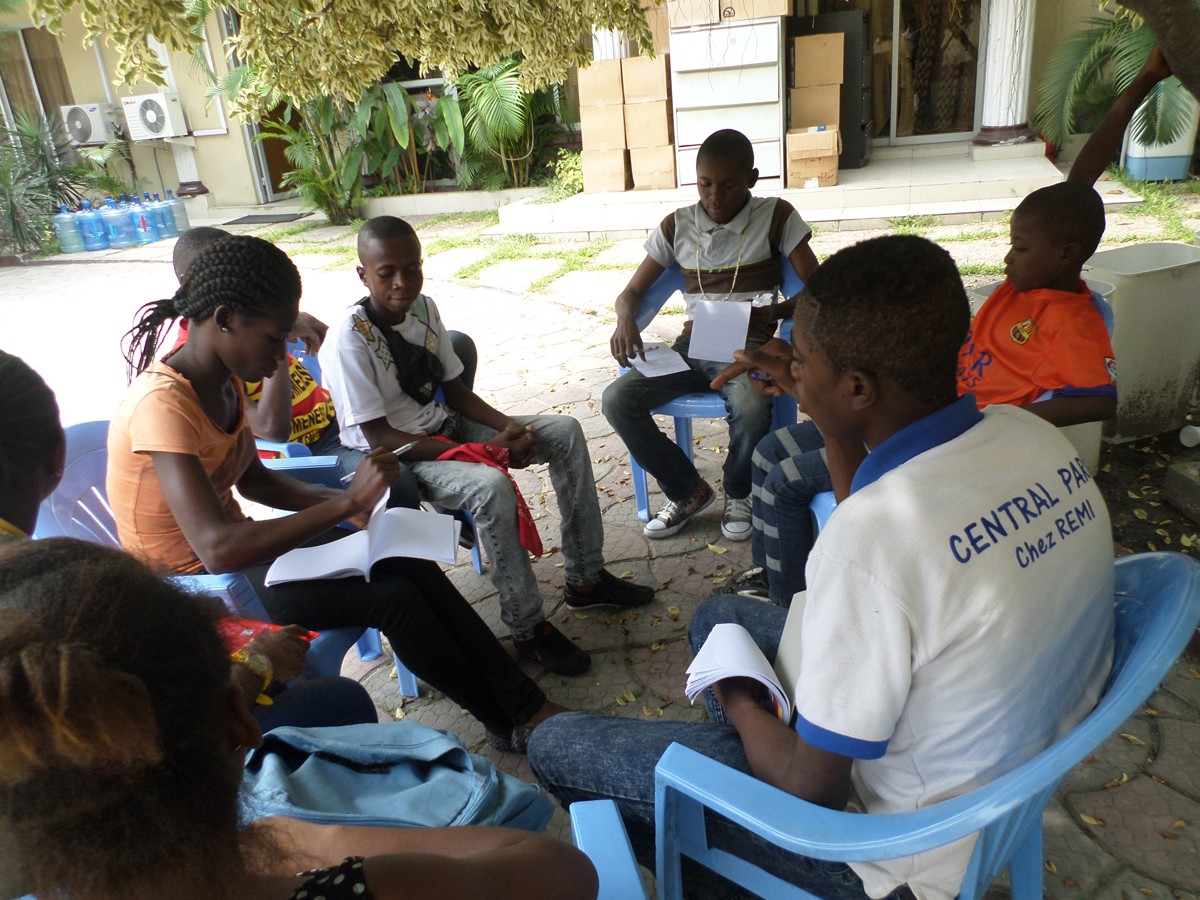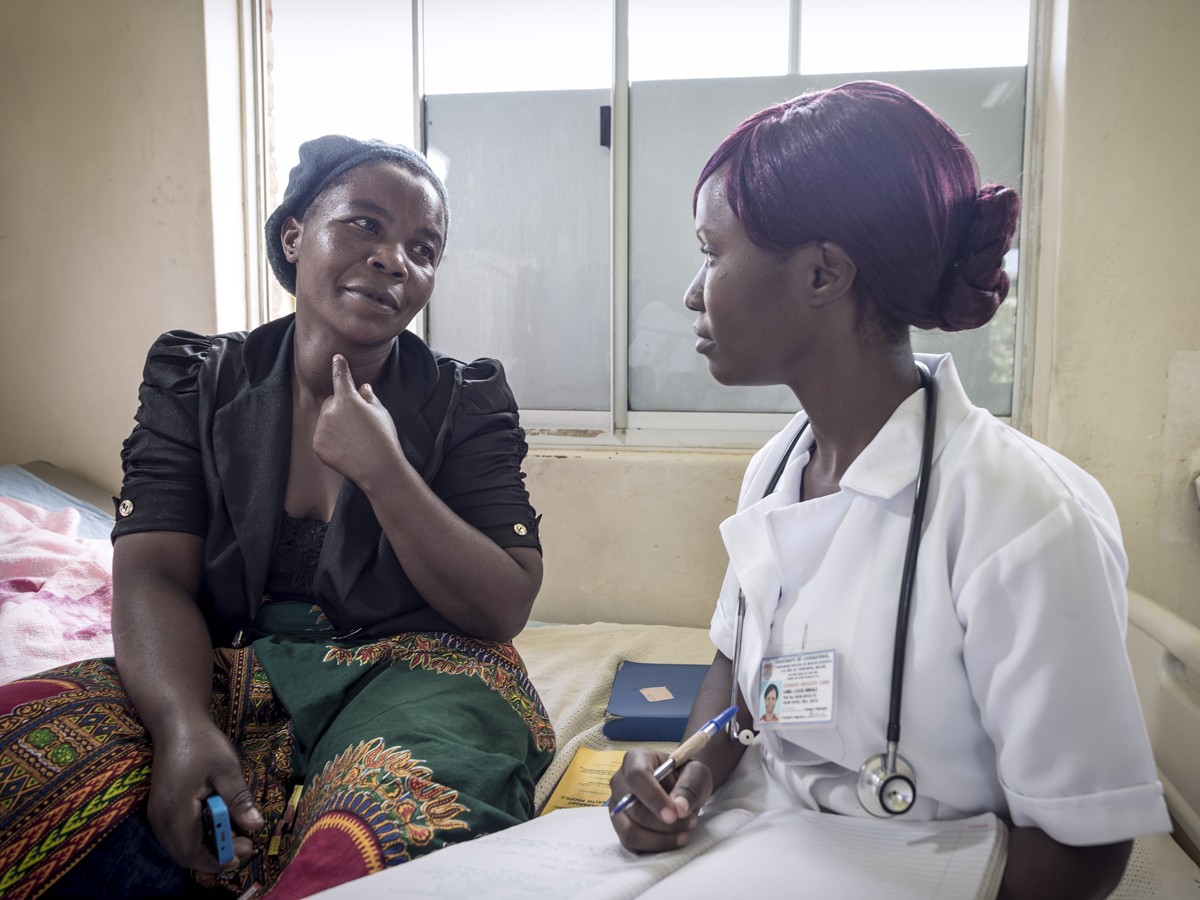Authors:
Abstract:
Background: The prevalence and incidence of tuberculosis (TB) is high among persons living with HIV (PLWH), but is often under-diagnosed in HIV programmatic settings.
Setting: President’s Emergency Plan for AIDS Relief (PEPFAR)-supported research sites in Uganda, Kenya, Tanzania, and Nigeria.
Methods: All patients underwent molecular testing at entry into a longitudinal cohort of PLWH, and annually thereafter. We assessed prevalence and incidence of TB and identified clinical and demographic factors associated with prevalent and incident TB using logistic regression and Cox proportional hazard models.
Results: From January 2013 to 1 December 2021, 3,171 PLWH were enrolled with a TB prevalence of 3% (n=93). Of the prevalent TB cases, 66% (n=61) were bacteriologically confirmed. The adjusted odds of prevalent TB were significantly higher among those with higher educational attainment, PLWH for 1-5 years since their HIV diagnosis, those who were underweight, and those with CD4 counts <200 cells/mm3. The overall TB incidence rate was 600 per 100,000 person-years (95% CI: 481-748). We found that shorter time since HIV diagnosis, being underweight, taking antiretroviral therapy <6 months, and having a CD4 count <200 cells/mm3, was significantly associated with incident TB. PLWH on dolutegravir/lamivudine/tenofovir had a 78% lower risk of incident TB compared to those on tenofovir/lamivudine/efavirenz (Hazard Ratio: 0.22; 95% CI: 0.08-0.63).
Conclusion: Prevalence and incidence of TB was notably high in this cohort sourced from PEPFAR clinics. Aggressive efforts to enhance HIV diagnosis and optimize treatment in programmatic settings are warranted to reduce risk of HIV-TB co-occurrence in this cohort.







